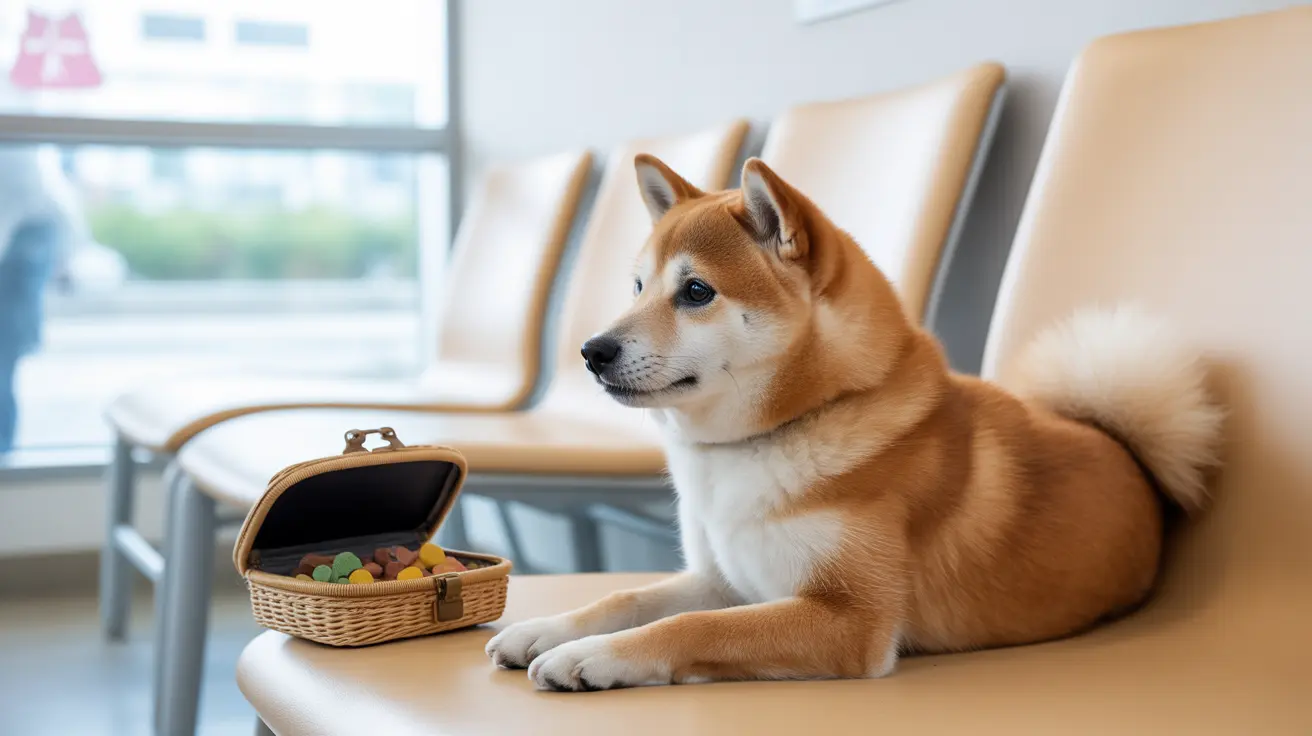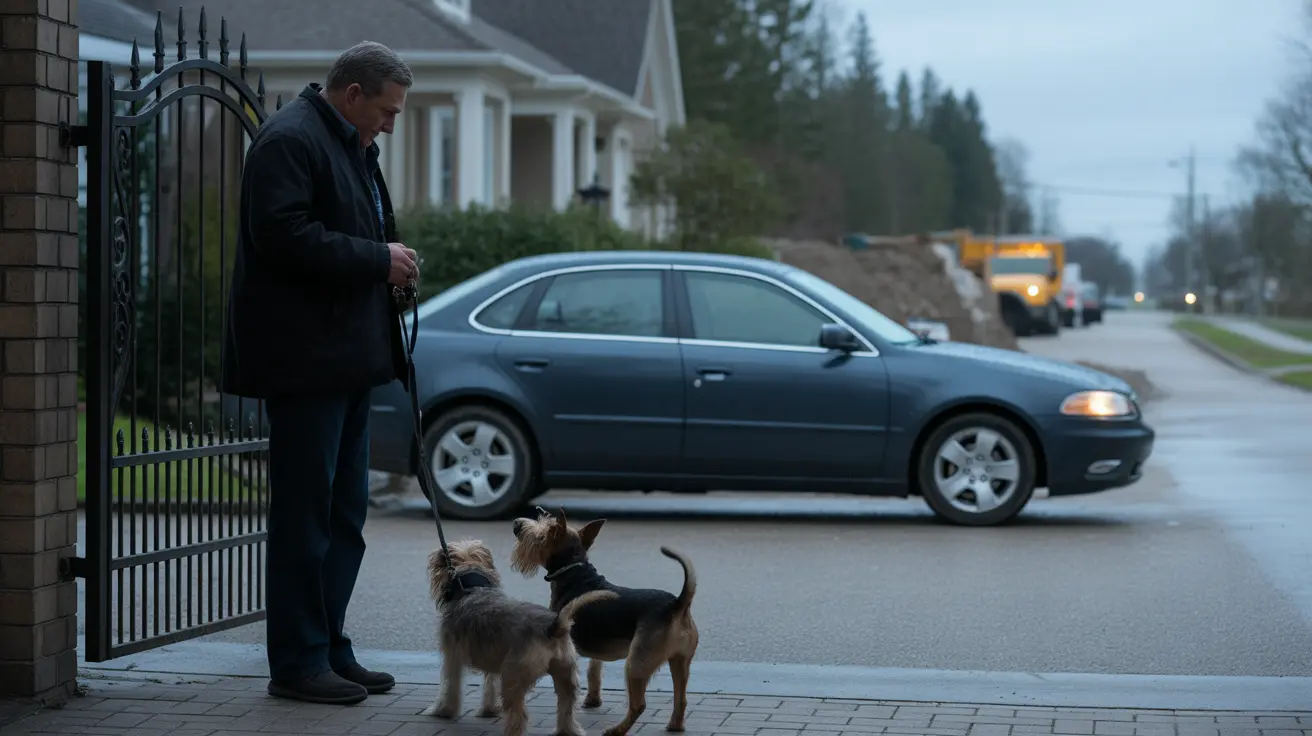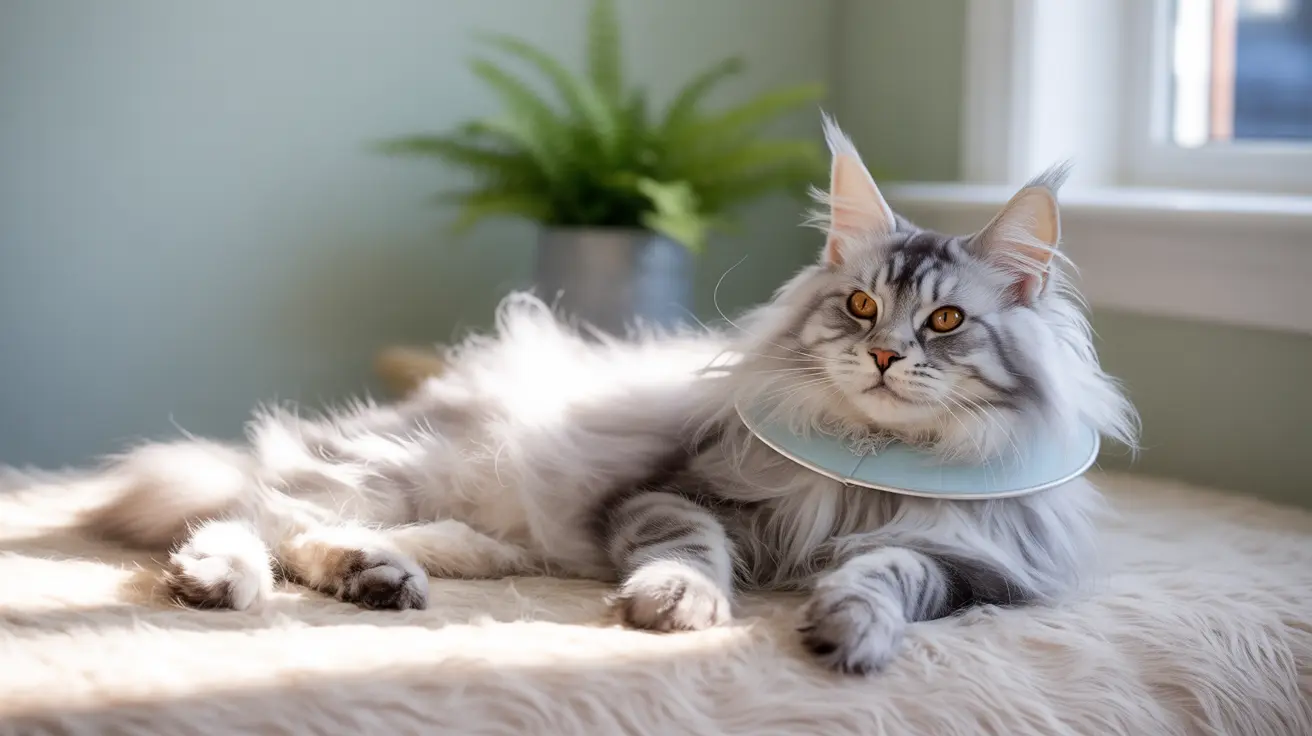Understanding Double-Coated Dog Breeds: Care, Grooming, and More
Double-coated dogs have unique fur structures that offer them critical protection against environmental elements and help regulate their body temperature throughout the year. Understanding which dogs have double coats and how to care for them is essential for any pet owner who wants to ensure their furry friend stays healthy and comfortable.
What Is a Double Coat?
A dog with a
double coat has two distinct layers of fur:
- Undercoat: A soft, dense layer close to the skin, designed to provide insulation.
- Outer Coat (Guard Hairs): Longer, coarser hairs that repel water and protect against dirt and UV rays.
Both layers grow independently at different rates, but together they serve key functions, especially in regulating temperature and offering physical protection.
Common Double-Coated Dog Breeds
Many popular and working-class breeds have double coats. Some of the most well-known include:
- Spitz-type dogs (e.g., Alaskan Malamutes, Akitas)
- German Shepherds
- Golden Retrievers
- Labrador Retrievers
- Siberian Huskies
- Border Collies
- Pomeranians
- Shetland Sheepdogs
- Samoyeds
- Great Pyrenees
- Newfoundlands
- Corgis
- Bernese Mountain Dogs
- Bichon Frises
- Miniature Schnauzers
- Scottish Terriers
Interestingly, some short-haired dogs, like Beagles, may also have double coats, even though the layers are less obvious.
Why Double Coats Matter
The double coat is more than just fur—it’s a sophisticated system tailored for protection and comfort:
- Insulation: Keeps the dog warm during winter and cool during summer through airflow and insulation.
- Protection: Repels water, dirt, and UV rays, preventing sunburn and skin damage.
This complex layering provides year-round protection in both cold and hot climates when maintained properly.
Seasonal Shedding: ‘Blowing Coat’
Dogs with double coats go through heavy seasonal shedding. Known as
"blowing coat", this typically occurs in spring and fall, when the thick undercoat is shed to prepare for season changes. Expect extra fur around the home during these transitions.
Grooming Needs of Double-Coated Dogs
Maintaining the health and appearance of a double coat requires regular grooming:
- Brushing: Use tools like undercoat rakes or slicker brushes to reach both layers and remove loose fur.
- Frequency: Brush several times a week, and daily during shedding seasons.
- Bathing: Bathe every 3–4 months, or as needed. Always dry both layers thoroughly.
- Professional Grooming: Helps manage dense undercoats and remove dead fur efficiently.
Regular grooming prevents matting, reduces shedding, and helps distribute natural skin oils.
Is Shaving a Good Idea?
No—shaving double-coated dogs is generally discouraged. While it may seem like a solution for shedding or summer heat, it can cause more harm than good:
- Disrupts natural insulation: May lead to overheating instead of relief.
- Hair regrowth issues: Can cause patchy or coarse fur, and even lead to alopecia.
- Skin risks: Increases the chance of sunburn and skin cancers.
Despite shaving, dogs will still shed—just shorter hairs. It's not a magic fix.
Exceptions to Shaving
There are rare cases when shaving might be necessary:
- Severe Matting that cannot be brushed out
- Surgical Preparation
- Medical Conditions requiring it
- Older or Ill Dogs whose owners cannot perform regular grooming
In these situations, consult a professional groomer or veterinarian before taking action.
Grooming Alternatives to Shaving
Rather than shaving, explore these alternatives:
- Regular brushing with appropriate tools
- Shed-less treatments
- Detangler sprays and de-matting tools
- Monthly bathing followed by thorough drying
These methods help manage shedding while maintaining the integrity of the coat.
Living in Warm Climates
Double-coated dogs can live comfortably in warm climates when proper care is given:
- Provide shade and fresh water
- Groom regularly to maintain airflow through the coat
- Never rely on shaving for heat relief
A well-maintained coat keeps dogs cool by insulating them from external heat.
Helpful Tips for Owners
Ensure optimal coat health with these additional tips:
- Use a grooming glove or stiff bristle brush after bathing
- Rinse off salt water after beach visits to avoid matting
- Trim conservatively around feet and sanitary areas only
During spring and fall shedding seasons, adjust grooming frequency accordingly.
Conclusion
Owning a double-coated dog brings unique grooming responsibilities, but these breeds also enjoy natural armor against the elements. With proper care, you can keep your dog cool, healthy, and looking its best throughout the year. Remember: don’t shave—just groom and love your double-coated companion the way nature intended.





